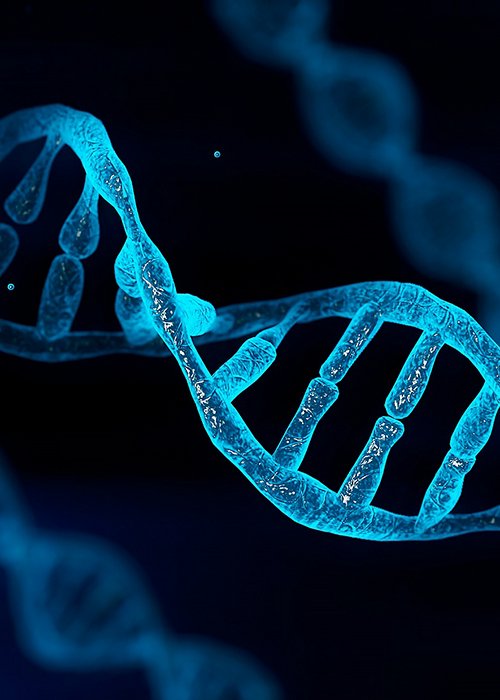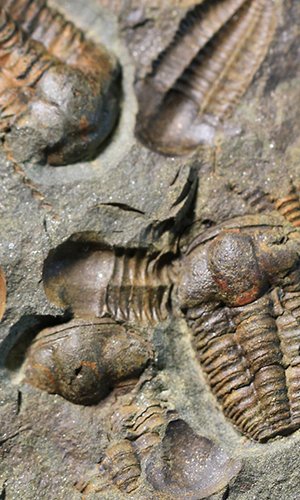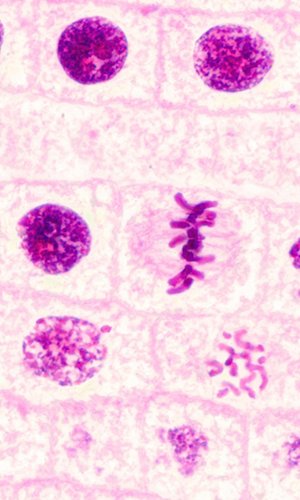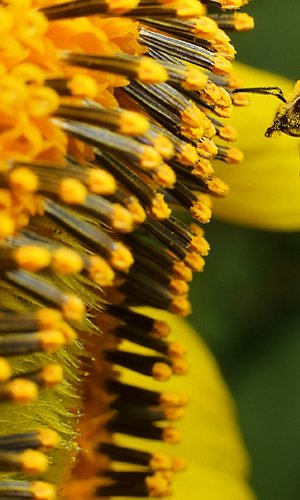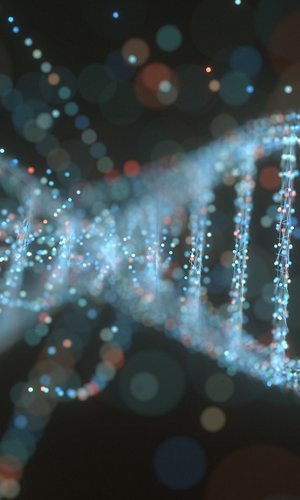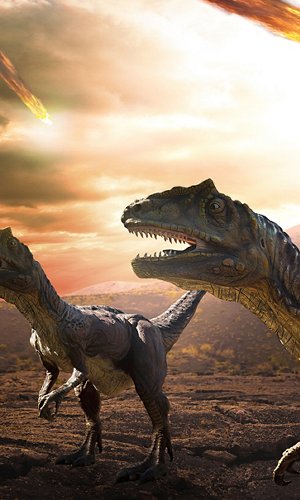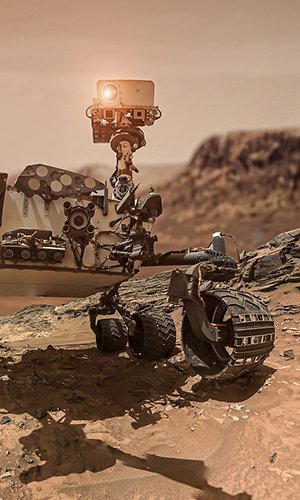Between 3700 and 2500 million years ago, the Earth was born. Nothing was as it is today, neither the continents, nor the oceans, nor the atmosphere. In those times, the atmosphere was crossed by electric storms, and ultraviolet rays of the Sun. These phenomena transformed the substances that were present, by means of chemical reactions, into macromolecules that were able to reproduce and feed themselves. Life was born!
Between 3200 and 2900 million years ago, thanks to the appearance of blue algae that could carry out chlorophyll photosynthesis, oxygen spread into the atmosphere. Thanks to the oxygen in the air and the nitrogen, life could also be transferred to the surfaces above the water. According to some scientists, life originated in puddles of water on the surface, others instead believe it originated in the ocean abysses, where there are sources of very hot water rich in minerals. To date, in these inhospitable environments we find bacteria that are able to live without light and receive energy from chemical oxidation of the sulphur compounds.

